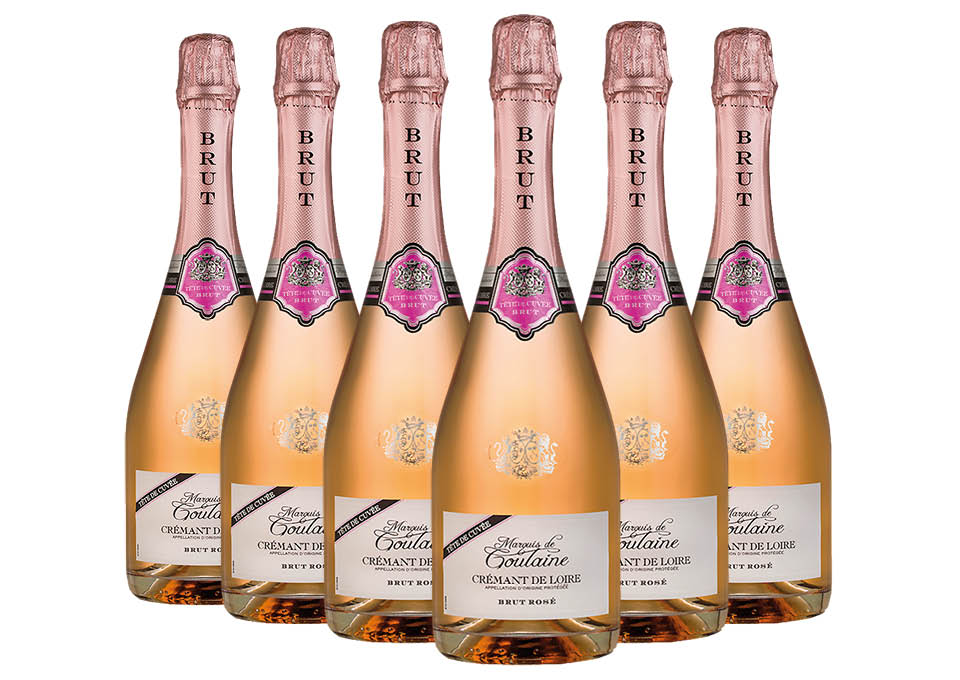Loire
The Loire Valley is a key region for French enology. Developed around the course of the Loire River, it extends from the hills of Auvergne to the coastal plains near Nantes. Important both in terms of quantity and quality, it makes diversity its absolute strength: in the Loire Valley both light and vibrant Muscadet and sparkling versions of Vouvray are produced, passing through the sweet and honeyed Bonnezeaux to finish with white wines that those of Sancerre and Pouilly-Fumé have made this wine region famous. The white grape varieties are decidedly more widespread, with a good presence of Sauvignon Blanc, Chardonnay, Chenin and Melon de Bourgogne. However, the production of red wines such as the light and fruity Gamay or the spicy and tannic Bourgueil is also gaining momentum. An important role is played by the Cabernet Franc grape which is part of the composition of the Chinon Rouge and Saumur wines among others. The climate varies from continental, north of the Loire, to maritime as you get closer to the Atlantic coast, while the soils vary from the hard granite of the Côtes du Forez, to the soft and brittle tuff of Anjou, passing through soils characterized by flint and limestone around Sancerre and Pouilly sur Loire. Such diversity made it necessary to divide the Loire Valley into smaller areas. The main ones are Pays Nantais known for Muscadet wines, Anjou for its Chenin Blanc, Tourraine for its reds made from Cabernet Franc grapes, but above all the Upper Loire, home of Sancerre and Pouilly-Fumé wines made from Sauvignon Blanc grapes. .


















